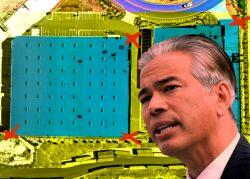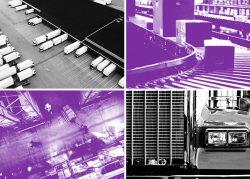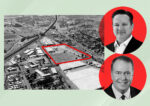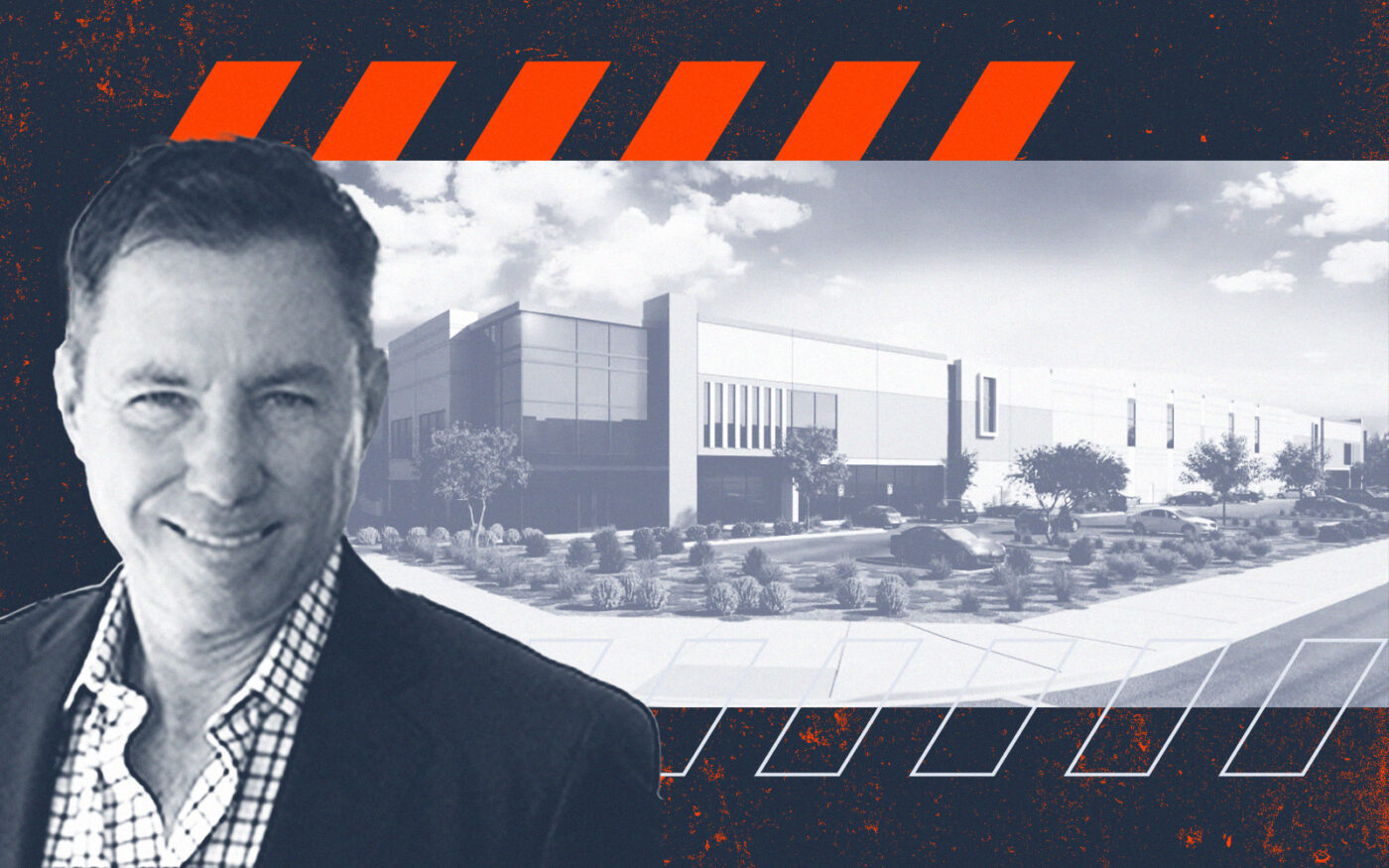Acacia Real Estate Group has received a rare thumbs down for approval to build three large distribution warehouses in Fontana.
The Newport Beach developer got a no-vote from a majority of the City Council, which killed its plans for the 541,000-square-foot project north of Santa Ana Avenue, between Citrus and Oleander avenues, the San Bernardino Sun reported.
The council voted 3-2 against rezoning 24 residential acres south of Jurupa Hills High School by its baseball and softball fields, and west of Citrus High School. The site is zoned for 507 homes.
The city received dozens of letters and emails from residents opposed to the project.
The three warehouses would have had 69 loading docks, with pollution and noise from more than 300 daily truck trips and 600 passenger vehicle trips, releasing harmful tailpipe emissions near school recreational areas, according to a state-mandated environmental analysis.
The facilities would have given Jurupa Hills High a southern neighbor to match its northern one.
Two years ago, a majority of Fontana leaders approved a 206,000-square-foot warehouse for Slover and Oleander avenues, a decision that spurred two separate lawsuits in 2021 which the city and state Attorney General Rob Bonta settled last year.
Before the vote, Acacia sought to allay residents’ concerns by proposing a 45-foot landscaped buffer between the warehouses and Jurupa Hills. It also said it would boost its contribution to a neighborhood benefit fund to nearly $3.3 million, according to the Los Angeles Times.
Councilman Philip Colthran, who had supported the trio of warehouses along with Mayor Acquanetta Warren, also suggested amendments to alter truck traffic.
But that failed to sway the council majority, including Councilman John Roberts, who described his decision as an “uncharacteristic” no vote.
“It was a difficult spot to put one to begin with,” Roberts told the Times. “I would have liked to see a little bit more mitigation, as far as doing other amenities in the community, that kind of make it a little bit more palatable.”
The decision marked a rare win for community activists and residents who have fought warehouse expansion in the Inland Empire, now home to more than 4,000 warehouses and increased truck traffic blamed for harmful particulate matter and smog-forming nitrogen oxides.
In March last year, the City of Jurupa rejected a plan to build a 1.3-million-square-foot logistics warehouse, citing environmental concerns, while other inland cities have called for moratoria.
Regulators have struggled to reduce pollution from the movement of goods between the Inland Empire and the ports of Los Angeles and Long Beach.
The South Coast Air Quality Management District has implemented a new rule to require warehouses offset emissions from trucks by installing solar panels and electric vehicle chargers, or using zero-emission forklifts. Otherwise, they would have to pay a pollution mitigation fee.
Last March, warehouses larger than 250,000 square feet had to show what steps they had taken to mitigate air pollution, or whether they intended to simply pay a fee. At the deadline, only 45 percent of warehouse operators even filed a report, according to the air district.
— Dana Bartholomew
Read more



